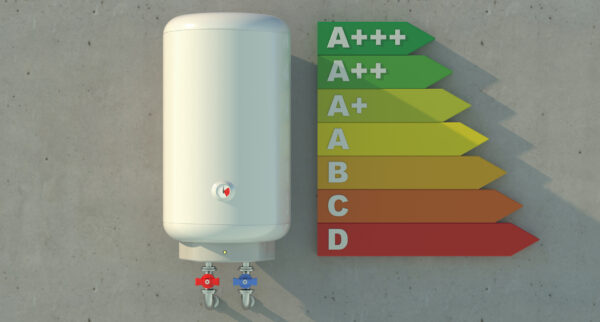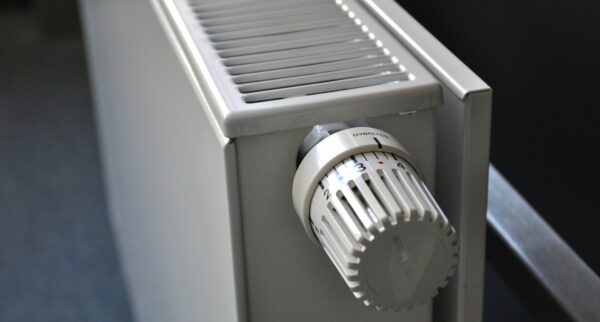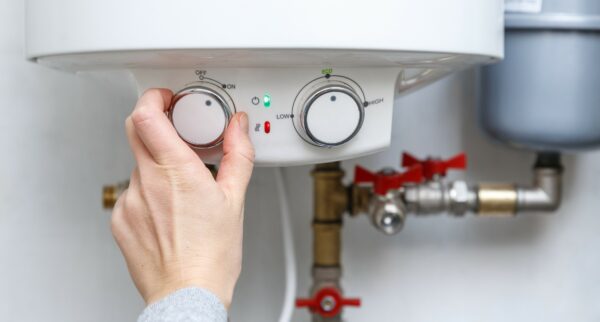Call us today 0207 32 32 999
Written By: JustBoilers.com Experts | Last Updated: January 2024
We all love to stay cosy and warm at home, no matter the season. That’s why it’s so important to keep your boiler in perfect condition.
It’s essential to your comfort, providing a constant stream of hot water, heating your radiators, and generally making the place feel like home. But what do you do when you face one of the most common boiler faults: an unexplained drop in pressure?
Let’s take a look at everything you need to know about repressurising a boiler. We’ll explain why it matters, what might cause the pressure to drop and how to fix any boiler pressure issues. Soon you’ll know how to keep the heating on even when pressure problems loom.
Table of Contents
ToggleWhy Might You Lose Boiler Pressure?
Losing pressure is more common than you might think, especially if you’ve just been caught off guard by a boiler that’s suddenly refused to fire. It happens when you have a leak in the system (water out of your taps does not count) and typically occurs at joints and radiator valves.
.
Because of the high degree of pressure in the system, you only need to have a very small hole to lose pressure gradually. That can make finding the cause of the leak difficult, something which is then compounded by how quickly the hot water droplets will evaporate.
Why Does Losing Pressure Matter?
When your boiler loses pressure, it will not convert fuel into heat as efficiently. That will then put a greater strain on your boiler’s internal components, as well as potentially increasing your heating bill.
If the pressure drops significantly, the boiler will stop firing. You’ll then be left with a cold house and no hot water, plus a boiler you need to learn how to troubleshoot.
Common Signs of Boiler Pressure Issues
Identifying early signs of pressure issues in your boiler can be crucial for maintaining a comfortable and safe home environment.
Here are some key indicators that your boiler might be experiencing pressure problems:
Fluctuating Pressure Gauge
This is the most direct and clear indicator of a pressure issue. If the pressure gauge on your boiler frequently shows readings below 1 bar or above 1.5 bars, it’s a sign that the pressure is not at its optimal level.
Unusual Noises from the Boiler
Noises such as whistling, banging, or gurgling often indicate pressure imbalances. These sounds can result from air trapped in the system or water pressure that is either too high or too low.
Radiators Not Heating Up Properly
If your radiators are not heating up efficiently, or if there are cold patches, it could be a symptom of low pressure in the boiler. Inadequate pressure can affect the circulation of hot water through the radiators.
Visible Water Leaks Around the Boiler
Water leakage is a significant sign of pressure issues. Leaks can lead to pressure loss and are often the root cause of pressure fluctuations.
Reduced Hot Water Efficiency
If your hot water is not as hot as usual, or if it takes longer to heat up, it could be due to reduced pressure in the boiler.
Condensation or Moisture in the Boiler Room
Excessive condensation or moisture in the room where the boiler is installed can sometimes indicate pressure issues, particularly if it’s related to a water leak.
Can You Repressurise a Boiler Too Often?
Yes, you certainly can. You might think that as long as you learn how to repressurise a boiler, everything else will take care of itself. Unfortunately, it doesn’t work like that.
Repeated repressurisation will cause a build-up of debris, namely sludge-like accumulations, inside your boiler. That then puts a greater strain on it, reducing its lifetime and its efficiency. Two things you don’t want to happen if you want to reduce the likelihood of a costly repair job.
Does Repressuring the Boiler Always Work?
Unfortunately not, but it is always worth a try. Over time it’s common to get a small leak on a valve or joint in the boiler. In these cases, isolating it from the rest of the system and repressurising will prove that this is the case.
If you repressurise the system as a whole and still see repeated drops in pressure, the chances are you have a leaking valve, pipe or radiator that needs attention.
Finding these kinds of leaks can be time-consuming, so it is always worth considering hiring a professional. They will know what to look for and often have imaging equipment that allows them to detect hot water leaks through floorboards and insulation.
What Happens If You Over Pressurise Your Boiler?
Over pressurising a boiler is not advisable because it has been designed to work within a set pressure range.
For safety reasons, boilers will typically come with overpressure valves that vent to the atmosphere when the pressure gets too high. That is designed to prevent large buildups of pressure from causing ruptures inside the boiler, and the explosion that would likely come with it.
How to Prepare for Repressurisation
Repressurising is a delicate process that needs to be done the right way. To ensure that you are set up to take care of it, make sure to work through the following hints and tips.
Check all bleed valves and fixtures on your radiators to make sure they’re closed. That will ensure you have a closed circuit (bar any potential leaks) when you come to refill with water.
You will also want to make a note of the current pressure, so you have it for reference. Additionally, check the optimal running pressure in the manufacturer’s guidelines. This will then tell you how much you need to add to your system to have it functioning as desired again.
Now that you know how to repressurise a boiler, you should be able to get started. But there’s one more thing we need to talk about: the boiler filling loop not working or when there isn’t one.
What’s a Boiler Filling Loop?
The boiler filling loop is a small braided hose with a valve attached. It can be found inside your boiler, and its purpose is to allow you to add additional water to the heating system.
The volume of your system is fixed, so adding more water increases the pressure. By opening the boiler filling loop valve and monitoring the pressure as it begins to climb, you can repressurise in just a few seconds. Just make sure the valve is firmly shut before firing the boiler.
Boiler filling loops are used when you install and service a boiler or when you drain or bleed your system.
If you can’t find the boiler filling loop, it’s possible that your unit doesn’t have one. Here’s what to do if that’s the case.
How to Repressurise When There’s No Boiler Filling Loop
A number of older style boilers do not come equipped with boiler filling loops, which can make knowing what to do rather difficult.
Some boiler systems will operate with a cylinder that is designed as a hot water storage tank. The filling loop shouldn’t be fitted there, but there are instances where they are installed on the cylinder. You are looking for a braided hose with a small fill valve on it.
Repressurising a Boiler: The Hot Water Cylinder
A number of older style boilers will have a standalone water tank full of hot water. If you notice you don’t have a filling loop, but you do have a large metal cylinder that’s warm to the touch, this is precisely where you need to start looking.
What you’re searching for is a braided hose with a small valve attached to it. Opening this valve while monitoring the pressure on the boiler will add extra water to your hot water tank.
The tank forms part of your overall heating system, and so topping it up will increase the pressure in the system, and therefore repressurise your boiler.
Putting Too Much Pressure into Your System?
Don’t worry, it happens. If you’ve exceeded the recommended operating pressure by approximately 0.5 bar, you can remove it from the system by bleeding a radiator with a radiator key to repressurise your boiler.
Get More Advice on How to Repressurise a Boiler
Last but not least, if you find your boiler won’t repressurise, call a professional to get the leak diagnosed and repaired. It will always save you money in the long run.
Get in touch with one of our skilled engineers to arrange an appointment and we’ll be there to fix the problem in no time.





